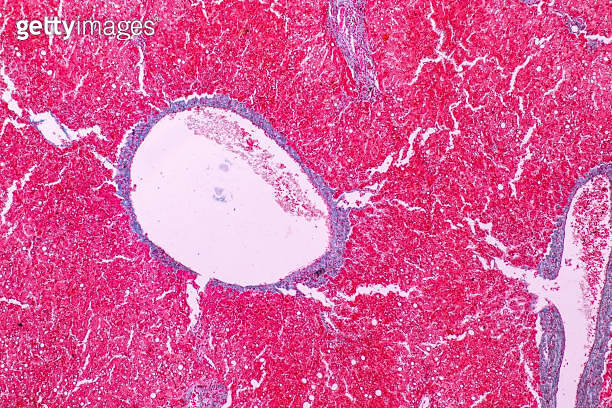Education anatomy and Histological sample of Human under the microscope Biology Diagrams While gross anatomy focuses on what we can see with our eyes, microscopic anatomy examines the structures at the cellular and tissue levels. It's akin to diving into a microscopic world, where the details become incredibly intricate. Visit Museums: Many science museums have exhibits on human anatomy. Watching a real body exhibit can be a The human body has four main categories of tissues: epithelial, connective, muscular and neural tissues. The branch of biology that studies the microscopic structure of tissues is called histology. Compact bone, x.s. 400x Learning Outcomes. List the 4 main types and characteristics of tissue found in the human body

Human anatomy (gr. ἀνατομία, "dissection", from ἀνά, "up", and τέμνειν, "cut") is primarily the scientific study of the morphology of the human body. [1] Anatomy is subdivided into gross anatomy and microscopic anatomy. [1] Gross anatomy (also called macroscopic anatomy, topographical anatomy, regional anatomy, or anthropotomy) is the study of anatomical structures that can Microscopic anatomy (micro; small) is a branch of anatomy that relies on the use of microscopes to examine the smallest structures of the body; tissues, cells, and molecules. The extent to which microscopic anatomy can be examined is limited by the equipment available. Through a simple dissecting microscope, tissues can be viewed, organized and

What Are the Main Subdivisions of Human Anatomy? Biology Diagrams
Microscopic anatomy is studied by the use of microscopes. It is divided into two categories cytology and histology. Cytology is the microscopic study of cells of the human body and histology is the microscopic study of tissues of the human body. For a medical student, Microscopic anatomy is one of the most important concepts to learn and The virtual slide box contains 275 microscope slides for the learning histology.

Explore the diverse branches of anatomy, including gross, microscopic, developmental, and functional, to understand the human body's structure and function. BiologyInsights Team Published Jul 21, 2025 Microscopic anatomy, the second branch of human anatomy, is the study of tissues and their organization into organs and organ systems. Since this subdivision of anatomy deals with structures that are barely visible to the naked eye, such as microscopic arteries, veins, capillaries, and nerves, it exploits the magnifying power of microscopes .
